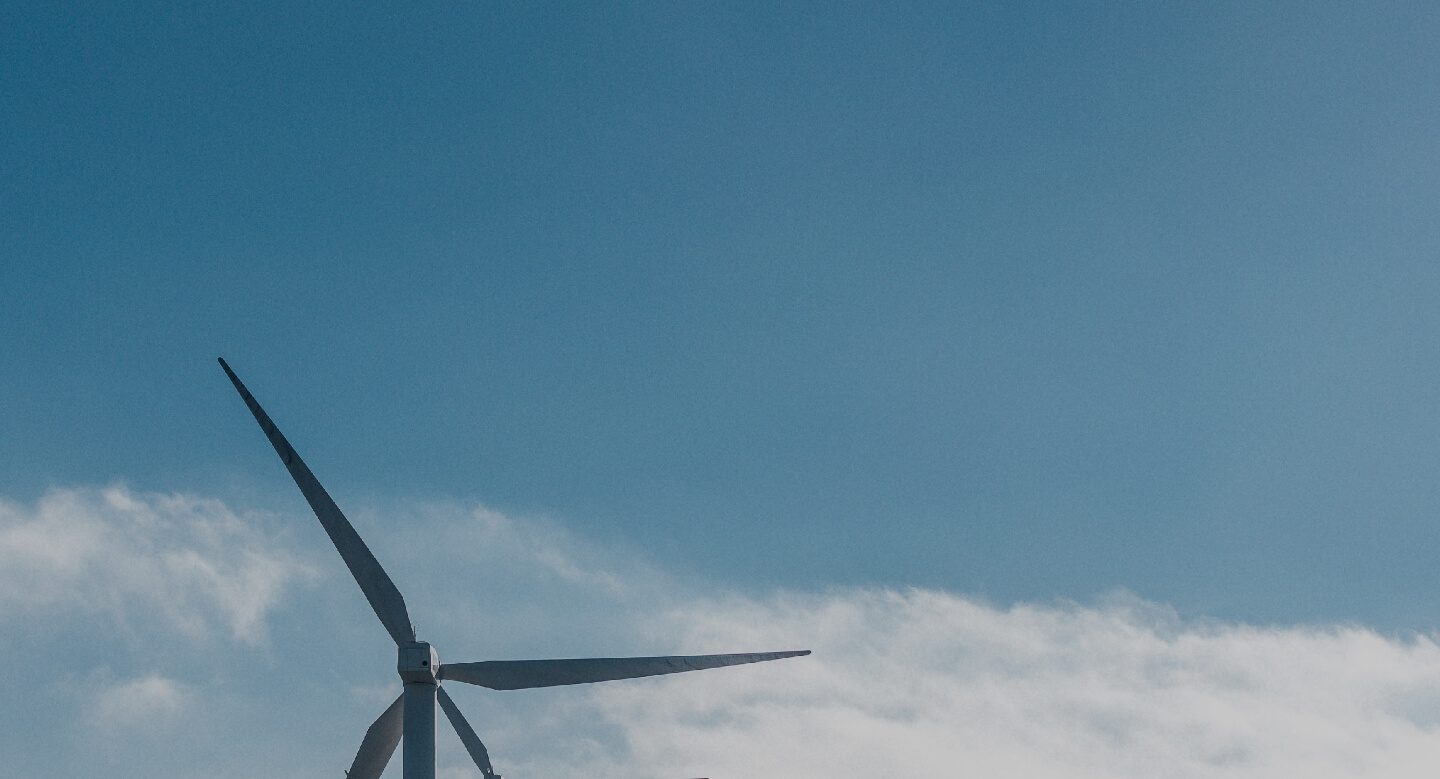Responding to the defining issue of our time
Climate change is here. It’s causing heatwaves, floods, wildfires and droughts, and contributing to the extinction of animals and plants. It’s melting glaciers and raising sea levels. Costs from extreme weather are surging—the global reinsurer Munich Re says 2017 was the most expensive ever; hurricanes Harvey, Irma and Maria helped push losses to a staggering US$330 billion. The cascading effects of climate change are disrupting national economies and affecting lives of millions of people.
Worse still, those whom are the least responsible and the least able to cope with the effects of climate change are the ones suffering the most; often being forced to leave their homes and even their countries. Poor women and children are especially vulnerable.
A major concern is that the greenhouse gases responsible for climate change, which are already at record highs, are set to keep rising. If the world doesn’t act decisively and quickly to reverse this trend, we run the risk of dangerously high temperatures and escalating costs. In an important scientific report released last year by the Intergovernmental Panel on Climate Change, it became clear that we should do everything possible to try to limit global warming to 1.5℃, or below. The only way to do that is to stop the rise in greenhouse gas emissions as soon as possible, and then make deep cuts to become carbon-neutral by 2050. It won’t be easy, but scientists say that it is possible--and that each degree matters, each year matters, and each decision matters. Millions of lives are in the balance.
A race we can win
The good news is that climate action has been speeding up in response to the climate crisis, with more and more governments, cities, and companies aligning their plans, policies and projections with the Paris Agreement on climate change—but much more effort is needed.
The Paris Agreement was a landmark decision reached in December 2015 when every country agreed to work together to limit average global temperature rise to “well below” 2℃ above what it was before the industrial revolution. Countries submitted national climate plans explaining how they would help contribute to achieving this goal. The problem is that the plans are not enough.
The year 2020 is important because it is the first opportunity for countries to review their plans, known as Nationally Determined Contributions (NDCs), and submit more ambitious ones.
The UN Secretary-General António Guterres has made climate change his top priority. He has committed himself, and the entire UN system, to supporting all leaders who rise to the challenge of climate change. At his Climate Action Summit on 23 September in New York, he has asked governments and companies to come with concrete and realistic plans to reach the 1.5℃ goal.
The biggest priorities governments want to include in their new plans are: 1) Better data and evidence, 2) Stronger links between climate change action and the Sustainable Development Goals; and, 3) Robust plans to monitor and report on progress, according to a new report, The Heat is On: Taking Stock of Global Ambition.
The UN Development Programme (UNDP) and UN Climate Change (UNFCCC) prepared the report to inform the Climate Action Summit and it is the most comprehensive review to date of intentions for 2020 and beyond.
It includes analysis of a range of country reports submitted to the UNFCCC and insights from 133 governments that responded to a UNDP survey about their progress against seven key tasks for implementing successful national climate plans.
Vulnerable nations step up on ambition in 2020
The report finds promising signs are emerging from all corners of the globe, but far more work is needed to limit emissions and adapt to the worsening effects of climate change.
Developing nations are the front-runners in preparations to revise NDCs by 2020, with at least 112 nations, representing 53 percent of global greenhouse gas emissions, planning for these efforts. They include many of the most vulnerable to climate change.
Within this group, 75 are leading by example and planning to submit more ambitious plans for either reducing greenhouse gases or strengthening their resilience to climate change. The remainder are planning to update key data and information but not take on more climate action.
Industrialized nations, meanwhile, have been more focused on preparing long term strategies to phase out of greenhouse gases by 2050. These are also essential for delivering on the goals of the Paris Agreement, but which now need to be matched by urgent, short-term action plans. The UN Secretary-General’s Climate Action Summit will be an important indicator of global ambition and our promise to future generations.
Progress on climate action is widening across society, although bottlenecks remain
Most importantly, the report makes clear that the world can make significant advances in reducing emissions if we galvanize every country to do more. Since 2015, governments, the private sector, cities, regions, investors, civil society and others have become more involved in finding solutions for climate change, ranging from cheaper solar panels, to drought-resistant crops.
However, bottlenecks remain, especially a lack of finance. Other challenges include disconnects between climate change targets and sector and development plans, lack of engagement by key ministries and society, and limited access to reliable data.
Countries at the forefront of climate action
The joint report clearly demonstrates that most countries are committed to combating climate change, even in the most challenging of development contexts. We are optimistic that leaders, corporations and especially young people will respond to the needs of our planet.
Many countries are already at the forefront of climate action, such as the Marshall Islands, Morocco, the European Union, Ethiopia, Chile and Kazakhstan. The diversity of these leaders demonstrates that ambition can come from anywhere in the world and takes many forms.

